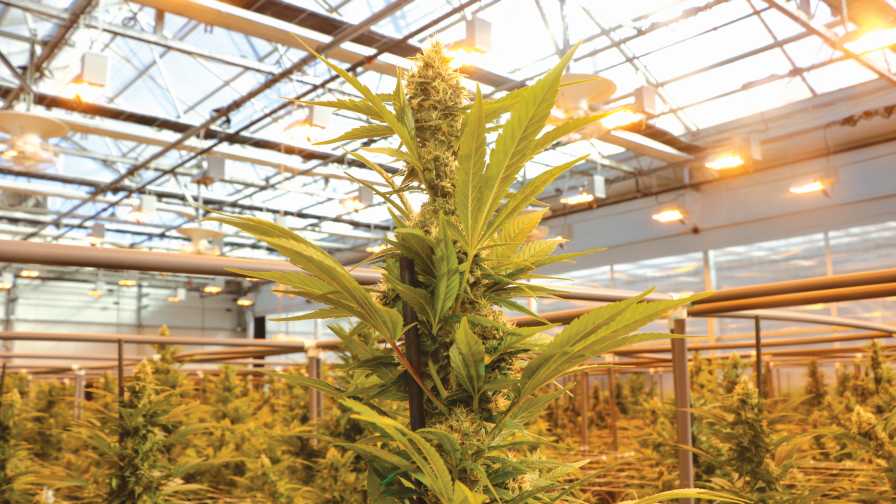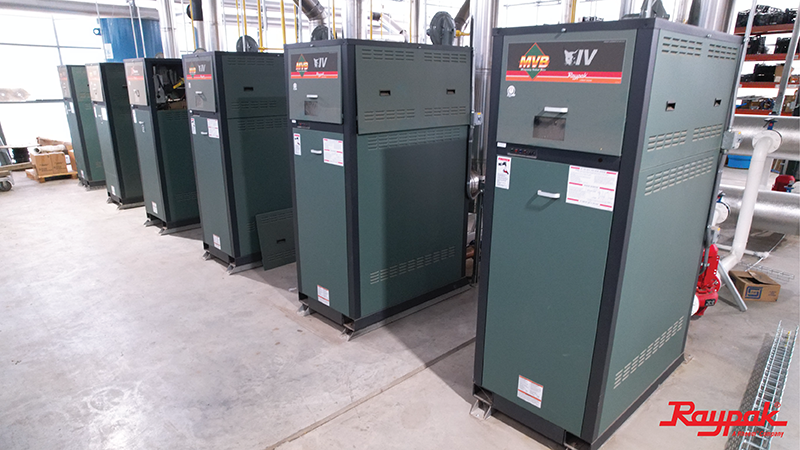How the Cannabis Industry Builds Sustainability From the Ground Up

Photo: Matthew J. Grassi
Much like any other specialty crop industry, the cannabis market relies on natural resources and stringent packaging requirements to get products into the hands of consumers. And like any other agricultural or retail business, it also creates waste that end up in landfills and produces harmful gases such as carbon dioxide and methane.
However, little data exists on the ecological impacts of legal cannabis since the federal government classifies it as a controlled substance and the EPA has no obligation to monitor it. In the absence of national standards or regulations that address sustainability for the cannabis industry, state regulators are just starting to develop new resources and requirements with sustainability in mind. For these reasons, it’s key for this rapidly expanding industry to examine its natural resource inputs and outputs to establish best practices for sustainable cannabis growth.
While local government and industry are working together to build the industry from the ground up, no two states are the same. Colorado’s largely indoor grow methods have environmental impacts that are very different from states with more outdoor grows. In California, where there is more outdoor production, producers face issues such as land pollution, ecology disruption, and drought. To help protect the use of the Golden State’s precious resources, California regulators developed the Cannabis Cultivation Policy with requirements to help minimize the effects of cannabis cultivation on wildlife and waterways. Oregon, another state known for its outdoor cultivation, also regulates wastewater from cannabis crops like other agricultural products. And the Massachusetts Cannabis Control Commission addressed the lack of data on sustainability by requiring cultivators to include their PowerScore – a tool to measure energy use – in renewal applications this year. By including their growing cannabis industry in benchmarking, it can better meet the state’s Global Warming Solutions Act.
As state governments continue to develop regulations solely focused on energy and environmental issues or any new rule that can be seen through the lens of sustainability, they should strike a delicate balance that incentivizes safety and resource efficiency without making it harder to be eco-friendly.
Learn more in this article on Forbes.com.









